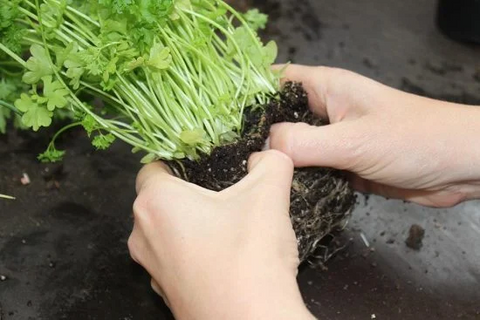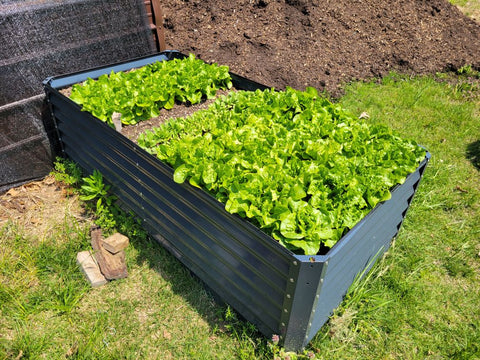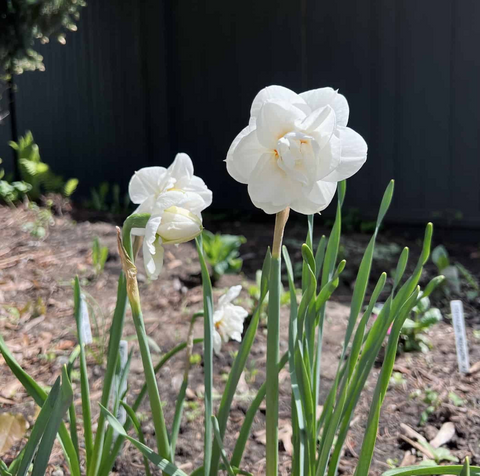Voles, also known as voles or meadow rats, are small rodents that can cause a number of hazards and problems in a variety of environments, especially in agricultural and garden environments. Here are some of the hazards associated with voles:The following content also has some reference value for raised garden beds.
Plant damage: Voles are herbivores and can cause serious damage to plants, trees and crops. They feed on the roots, stems, and bark of plants, which can lead to stunted growth, reduced crop yields, and even plant death. Fruit trees and ornamental shrubs are particularly vulnerable to voles.
Burrowing and burrowing: Voles create an extensive network of tunnels and burrows in the soil, which can damage plant roots and make the ground unstable. This can cause soil erosion, damage garden beds and weaken the structural integrity of lawns or fields.
Disease vectors: Voles can carry diseases that can be transmitted to humans and other animals, including tularemia and Hantavirus. While the risk of transmission is relatively low, it is still a concern, especially if voles are present in areas of human activity.
Predation of beneficial insects: voles feed on beneficial insects and earthworms. This disrupts the natural balance of the ecosystem, negatively impacting soil health and other ecological functions.
Damage to underground utilities: Voles may gnaw on underground utility cables and irrigation pipes. This can lead to expensive repairs and potential safety hazards if the damage results in electrical short circuits or water leaks.
Contamination of stored food: In some cases, voles may enter houses, barns, or storage areas and contaminate stored food with their feces or urine.
Garden and landscape aesthetics: Voles can damage lawns and garden beds, making outdoor areas less visually appealing. Their tunnels and surface runways can leave unsightly tracks between lawns and gardens.

Vole population growth: If left unchecked, vole populations can grow rapidly, leading to more widespread and severe damage over time. Preventing population explosions may be a key aspect of managing vole hazards.
To mitigate these hazards, vole control and prevention strategies must be adopted in agricultural and garden Settings. These strategies can include the use of traps, mosquito repellents, habitat modification and integrated pest management techniques to reduce the impact of voles on your property.
To prevent voles from entering your bed garden, you can take the following steps:
Install a hard cloth barrier: One of the most effective ways to keep voles out of a garden bed is to place a hard cloth barrier at the bottom. Use a stiff cloth with small openings (about 1/4 inch) to prevent voles from burrowing. Lay the cloth on the ground under the raised bed, extending it a few inches on either side. Secure it with garden staples or similar fasteners.
Raise the flower bed: If possible, raise the flower bed off the ground. This makes it harder for the voles to get into the bed. Use raised bed legs or place the bed on a hard surface, such as concrete or pavers.
Use a raised mattress: You can line the sides of the raised bed with plastic or metal pads to create a physical barrier. This prevents the vole from climbing onto the bed.
Remove attractants: voles are attracted to dense vegetation and ground cover. Keep the area around the tall bed clear of tall grass, weeds, and debris where voles may hide.
Control weeds and grass: Maintain the area around the garden bed regularly by mowing and removing weeds. This reduces the hiding places for voles and makes it less attractive for them to move in.

Use rodent repellent: There are commercially available rodent repellents that you can use around your garden bed. These repellents give off unpleasant odors that discourage voles from entering the area.
Set traps: If voles are already a problem, consider using live or fast traps to catch and remove them. Be sure to follow local regulations and humane trapping practices.
Cats and predators: If you have cats or other natural predators in the area, they may help control the vole population.
Regular monitoring: Keep a close eye on your garden for signs of vole activity, such as tunneling or chewing plants. Early detection can help you take action before problems become serious.

Companion planting: Some plants, such as daffodils, castor, and gophers, are known for repelling voles. Consider planting these plants around your garden bed.
It is important to remember that voles are persistent rodents, and a combination of these approaches may be more effective than a single approach. By taking precautions and staying vigilant, you can reduce the likelihood of voles infiltrating your bed garden and causing damage to your plants.









